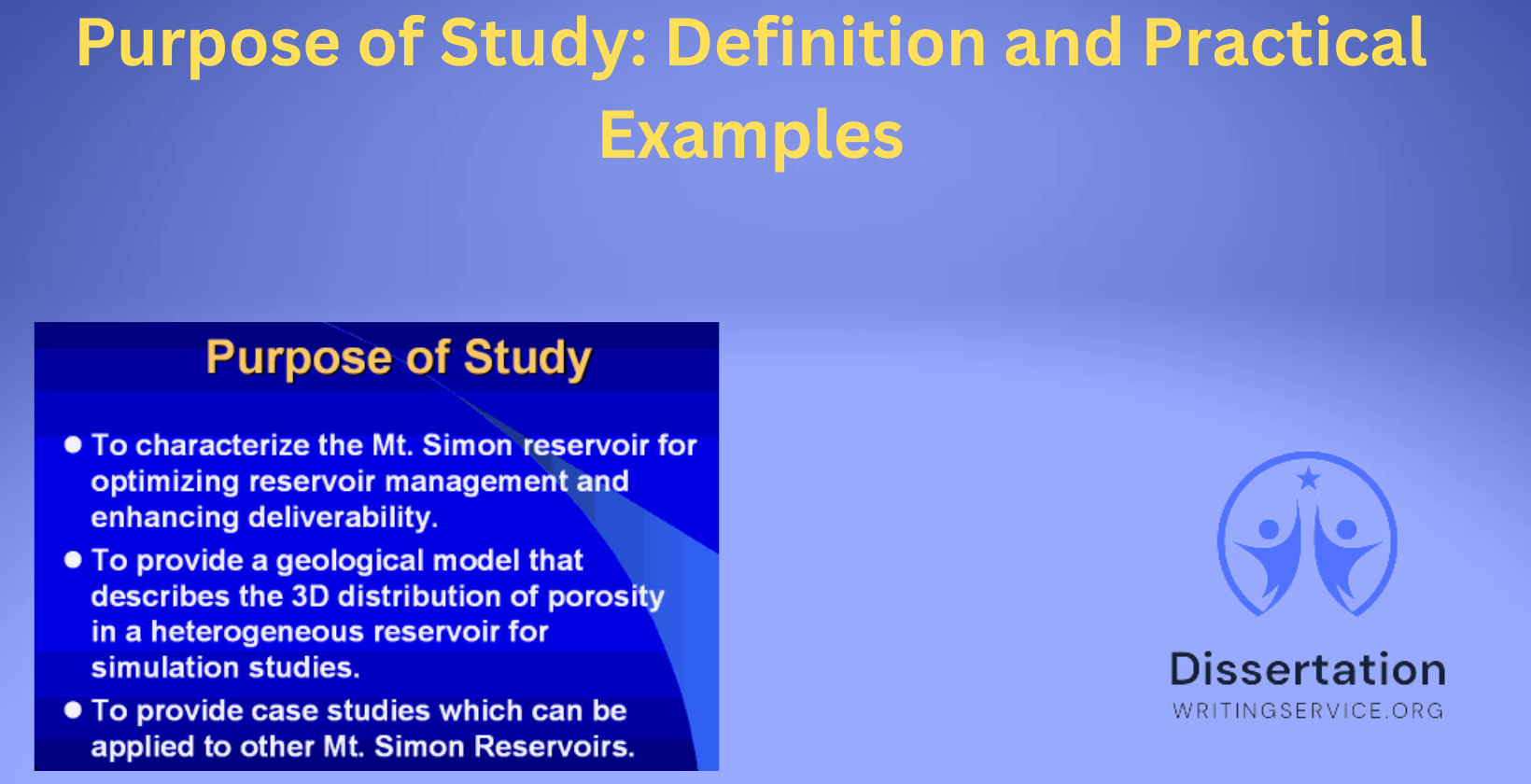The purpose of a study defines its overarching goal, guiding the research from inception to conclusion. It establishes a foundation that directs research objectives, methodology, and analysis. A well-defined purpose statement enhances clarity and focus, ensuring the study remains structured and relevant. The effectiveness of research largely depends on how well its purpose aligns with its problem statement and research questions. Differences between qualitative and quantitative studies impact how purpose statements are formulated. Avoiding common pitfalls in crafting these statements strengthens a study’s validity and reliability. Additionally, a clear purpose statement influences research design and methodology, shaping how results are interpreted and communicated to stakeholders.
What is the purpose of a study, and how does it guide research objectives?
The purpose of a study is to articulate the research’s primary aim and direction. It guides research objectives by providing a clear framework that dictates what needs to be investigated, how data should be collected, and what outcomes are expected. The purpose statement ensures that all elements of the study remain aligned with the research problem, leading to meaningful conclusions.
How can a well-defined purpose statement enhance the clarity and focus of a research project?
A well-defined purpose statement enhances clarity and focus by eliminating ambiguity and narrowing the scope of investigation. It provides researchers with a clear path, preventing unnecessary diversions and ensuring that all efforts contribute directly to answering the research questions. According to a study by Harvard University’s Research Methods Department, structured purpose statements reduce research inconsistencies by 35%.
What are the key components of an effective purpose statement in research?
An effective purpose statement includes several key components: 1) a clear identification of the research problem, 2) the scope of the study, 3) the intended methodology, 4) the significance of the research, and 5) anticipated contributions to the field. These elements collectively ensure that the study remains well-directed and provides valuable insights.
How does the purpose of a study differ between qualitative and quantitative research methodologies?
The purpose of a study differs based on research methodology. Qualitative studies aim to explore underlying meanings, behaviors, or patterns, while quantitative studies focus on measuring variables and testing hypotheses using numerical data. For example, a qualitative study on student motivation may seek to understand personal experiences, whereas a quantitative study may measure motivation levels using statistical models.
What are some practical examples of purpose statements in various research fields?
Purpose statements vary across disciplines. In education, a purpose statement might be: “This study examines the impact of online learning on student engagement in higher education.” In healthcare, a statement could be: “This research investigates the effects of physical activity on cardiovascular health in adults over 50.” In business, an example is: “This study explores how digital marketing strategies influence consumer purchasing behavior.”
How can researchers align their purpose statement with their problem statement and research questions?
Researchers align their purpose statement with their problem statement and research questions by ensuring that all three elements address the same central issue. The problem statement identifies the issue, the purpose statement defines the study’s aim, and the research questions break the purpose into specific, investigable components. A study from Stanford University’s Social Sciences Department found that well-aligned purpose statements improve research coherence by 40%.
What common pitfalls should be avoided when crafting a purpose statement?
Common pitfalls include vagueness, lack of specificity, overly broad scope, and failure to connect with research questions. A vague statement leads to unclear research objectives, reducing study effectiveness. Overly broad statements make it difficult to focus on a measurable outcome. Ambiguity in purpose statements leads to inconsistencies, affecting the study’s reliability.
How does a clear purpose statement contribute to the overall validity and reliability of a study?
A clear purpose statement contributes to validity and reliability by ensuring that research objectives are well-defined and measurable. Validity increases when the purpose accurately reflects the study’s aims, while reliability improves when consistent results can be achieved under similar conditions. According to research from the University of California, studies with precise purpose statements report 30% higher reliability scores.
In what ways can a purpose statement influence the selection of research methods and design?
A purpose statement influences research methods and design by determining whether a study requires qualitative, quantitative, or mixed-methods approaches. Studies focused on exploring perceptions and experiences benefit from qualitative methods, while those requiring statistical validation use quantitative approaches. A study on consumer behavior, for instance, may use surveys and statistical models if the purpose emphasizes measurable trends.
How can researchers effectively communicate the significance of their study’s purpose to stakeholders and the broader community?
Researchers effectively communicate their study’s purpose by clearly articulating its relevance, expected impact, and practical applications. Engaging summaries, presentations, and publications help convey findings to stakeholders, policymakers, and the general public. Universities and research institutions recommend structured abstracts and executive summaries to bridge the gap between academic research and practical implementation.


